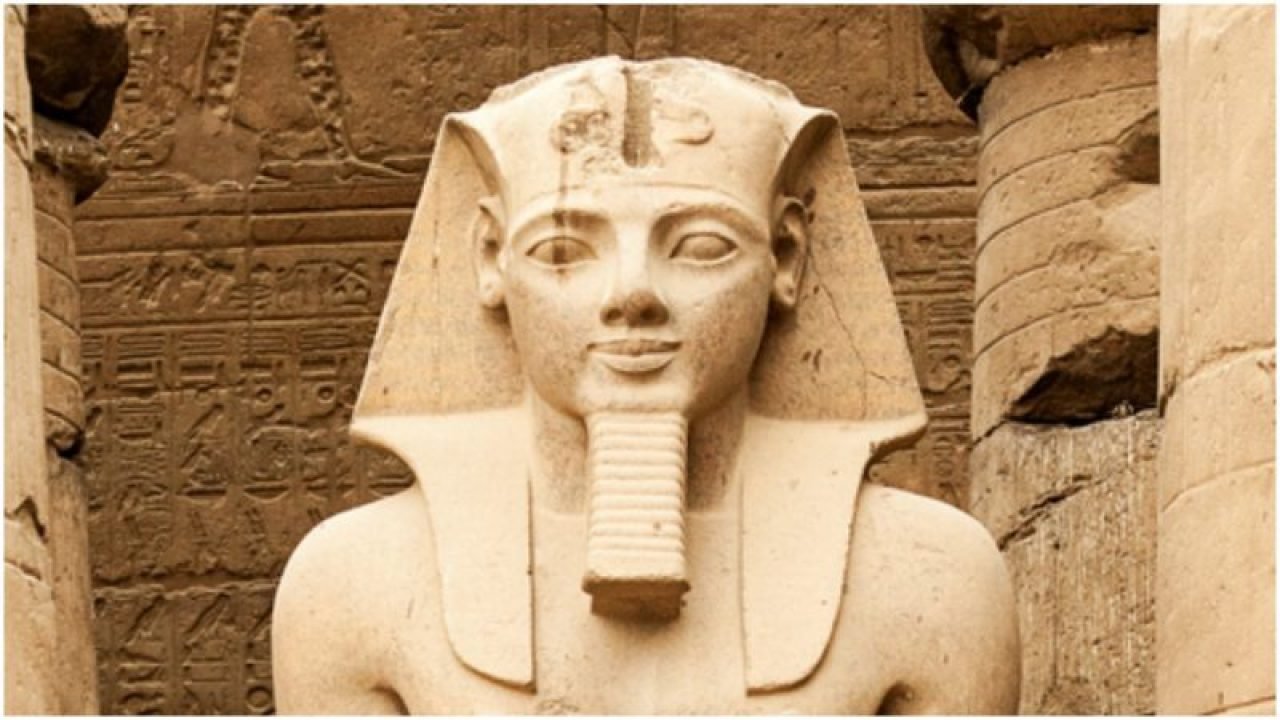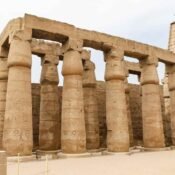
Who is King Ramses II?
Ramesses II was one of the most well-known Egyptian rulers to reign during Egypt’s golden age. He was Egypt’s 19th dynasty’s third-most powerful pharaoh. Prince Ramses was crowned by King Seti I, and he was succeeded by Ramses II. “Prince of Egypt” Ramses was given a house and a harem, and before becoming king, he served alongside his father in military operations where he earned valuable military and regal experience.
Ramses II, who is he?
One of Egypt’s most powerful and well-respected pharaohs during its golden age was Ramesses II. He was Egypt’s 19th Dynasty’s third-most powerful pharaoh. Prince Ramses was crowned by King Seti I, and he was succeeded by Ramses II.
He has conducted a number of trips and is committed to achieving his objectives. He was given the moniker “sovereign of rulers” for this, which mirrored his vision of a powerful country. Because of this, history buffs refer to him as “Ramesses the Great.” Moreover, throughout his 66-year rule, Egypt was at its pinnacle of strength and splendor.
Ramesses II Family and Youth
The amount of women and kids this great pharaoh had is another thing that makes him well-known. Although historians are unable to pinpoint an exact figure, some contend that it was more likely 162 kids. Ramses, Merneptah, Meritamen, Nebettawy, Khaemweset, and Amun-her-khepeshef (Nefertari’s firstborn) are only a few of the well-known children.
Around 1303 BC J.-C., Ramesses II was born in an Egyptian peasant household. He was the child of Queen Tuya and Pharaoh Sethi I. Ramses is named after his military hero grandfather Ramses I, who turned his commoner family into royalty.
Ramses was schooled and trained by his father while growing up in the Egyptian court. Because Ramesses’ father became pharaoh while he was just five years old, he was granted this honor.
Ramesses currently has an older brother who is in the process of succeeding him as pharaoh. He passed away, nevertheless, when Ramses was around 14 years old. Ramses II was thus named second in command of his father’s military operations and was immediately set to succeed him as pharaoh of Egypt.
Ramesses wed Nefertari, his first and most cherished wife, after taking the throne. She rose to prominence on her own and was given the title of the pharaoh’s royal bride. The royal couple had at least four sons, two daughters, and maybe more children throughout their marriage.
At the age of 25, Ramesses was crowned pharaoh of Egypt in 1279 BC following the death of his father. He was renowned for his superb leadership of the Egyptian army. He was able to engage in bloody combat to protect the Egyptian border against the Nubians, Syrians, Libyans, and Hittites as a result.
The Sherden Pirates, who posed a serious threat to ancient Egypt’s marine operations, were apprehended by Ramesses in 1281 BC A.D. Ramses was determined to put a stop to it with heroic bravery and a comprehensive strategic strategy. He set up ships and troops at strategic coastal locations and patiently awaited a pirate attack. They were deftly trapped in a violent naval combat as their craft neared.
1274 BC , At the conclusion of his fourth year in power, Ramesses began a military operation to retake the absconded northern regions. At that time, the young king led a little force of 20,000 soldiers in battle with an impressive Hittite force of 50,000. It continues to be one of the earliest wars in history that has been written about.
Ramses was the war’s greatest hero despite the fact that the combat was unresolved (it is unknown who won or lost). He put up a valiant fight, evaded death in a fight to the death, and took back the enemy’s stolen capital.
BEST BUILDINGS, RULES, AND CONSTRUCTIONS OF RAMSES
Ramses II was a skilled builder who had a deep love for the subject. He constructed and repaired numerous structures, temples, and monuments over the course of his 66-year rule.
The enormous temples at Abu Simbel and the Ramesseum are two of his most well-known creations. In terms of scale, design, and complexity, these two monuments reflect a fresh approach to architecture. What else; The enormous statue of Ramses himself is the one thing that these two temples have in common.
The beauty of the Abu Simbel Temple, which was constructed in Nubia in Aswan southern Egypt, is still evident today. At the entrance to Abu Simbel, there are four enormous statues of the mighty Ramses II, each standing at a height of around 20 metres. The Ramesseum temple, which was built on the banks of the Nile, is regarded as Ramses’s mortuary temple.
Along with these temples, Ramses also constructed Pi-Ramses, the new Egyptian capital. The city developed a number of enormous temples, a vast palace complex, and extraordinary infrastructure as the king’s rule went on.
The Ramses II Temples
Numerous temples were built by King Ramses the Great. The first is the Abu Simbel Temple, which was immortalised by the great Egyptian gods as a temple unto itself. The Little Temple of His Wife Nefertari, the Ramesseum Mortuary Temple, the Delta Temple of Pi Ramses, and the Great Temple of Karnak are some further temples.
A residential community called “Per Ramessu,” which translates to “house of Ramses, Biblical Ramses,” was established because the Ramses II family’s home was situated in the Nile Delta. His city is well known for its lovely waterfalls, orchards, and gardens.
Ramesses II lived a very long life, especially for the time he did. He had numerous wives and children when he passed away at the age of 90, but his lengthy life and lengthy reign as king allowed him to leave behind a significant building legacy.
Many of Egypt’s most iconic structures are attributed to Ramses the Great, including the Ramesseum, a massive memorial temple at Luxor, West Bank, and the well-known temples of Abu Simbel, which marked the southern limit of his reign. Additionally, he added or refurbished a number of other well-known sites, which you can see it from your Hot Air Balloon flight with Balloon over Luxor company, during your tours in Luxor.
Ramesses II did not construct the Luxor Temple in downtown Luxor, but his achievements are depicted in reliefs and sculptures that were added during the remodeling. He also contributed to the construction of the Karnak temple complex and left shell casings on countless other structures to claim them as a part of his legacy. Another notable structure is his huge statue, which can be found in Memphis, close to Cairo, as well as his wife Nefertiti’s exquisite tomb in the Valley of the Queens.
King Ramses II passed away when?
Ramses’ reins gradually came to an end, as with all wonderful things. He was initially buried in KV7 in the Valley of the Kings on the west bank of Thebes when he passed away at the age of 90 from “arthritis.” Ramses was a magnificent ruler and a powerful monarch who gained fame around the world for extending and upholding the realm of Egypt.
Later, in 1881, it was found again in a hidden royal treasure in Deir el-Bahri. The famous pharaoh’s mummy was then put in the Egyptian Museum in Cairo in 1885, where it remained until 2007.
The British Museum in London houses a statue of Pharaoh Ramses II known as the Young Memnon. This statue, which dates to around 1250 BC, shows him as a heroic warrior and benign ruler throughout history.
Recent Posts
Luxor day tour: Most Illuminated Temples
Discover Luxury Nile Cruises
Designing the Perfect Itinerary for Your Nile Cruise




